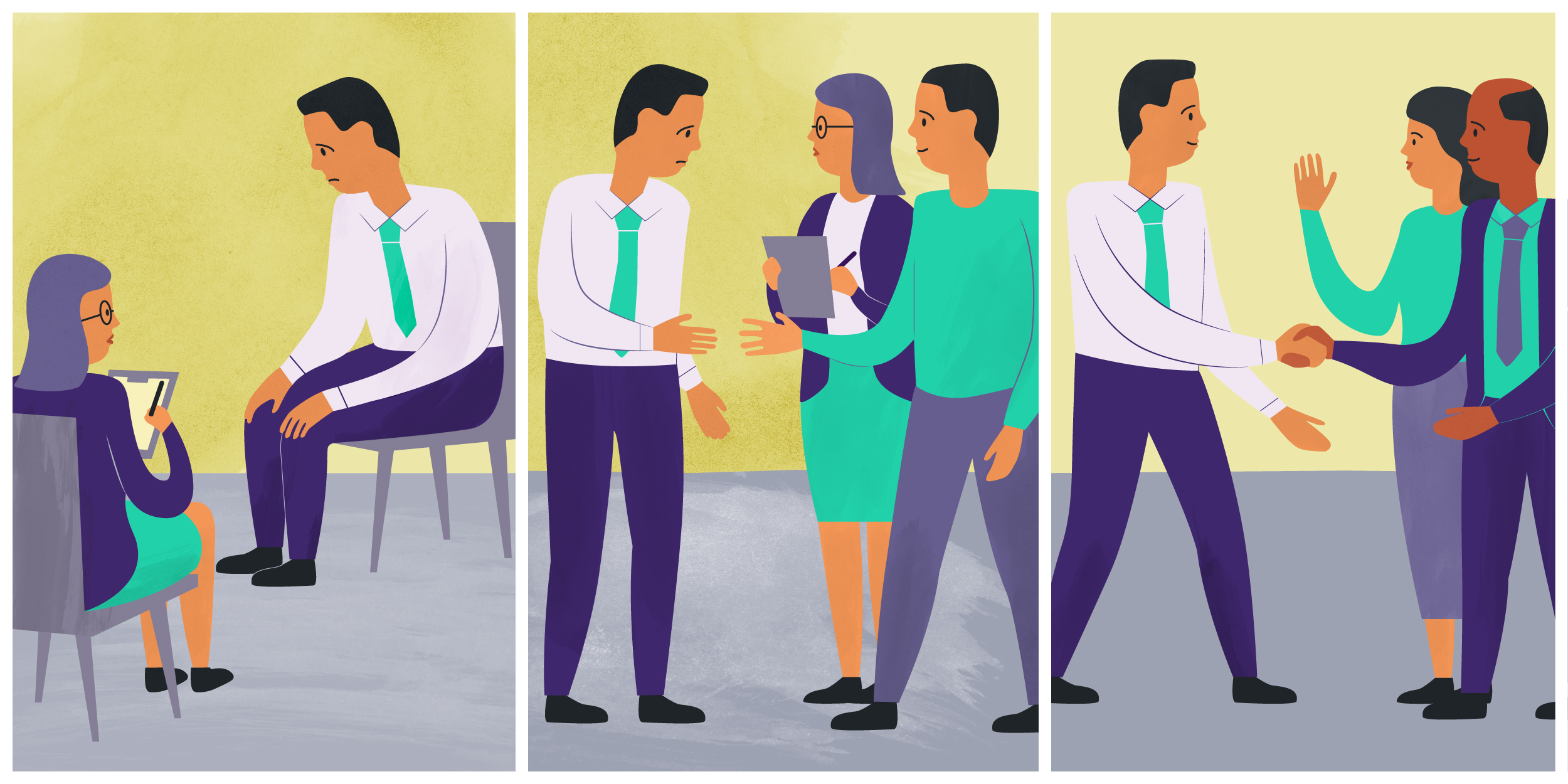Typically, those who have experienced one or more panic attacks consequently tend to develop fear and concern that the panic attack may occur again and may begin to avoid all a series of situations that are considered to be “at risk. panic attack ”and implement behaviors aimed at protecting oneself from panic attack.
Treatment of Panic Disorder
The treatments for the cure of panic disorder currently considered by the scientific community to be most effective are psychotherapy and drug therapy if necessary.
- The latter is characterized by categories of drugs called benzodiazepines and new generation antidepressants. In general, drug treatment alone is not effective, as the symptoms return when drug therapy is interrupted.
- Medicines, in fact, in a relatively short time reduce the intensity of the symptoms that characterize the disorder, but do not resolve the “causes” underlying the disorder; in essence it would be like treating severe back pain by using painkillers only: it is likely that, after some time, the pain will come back, if you do not act on what caused it.
In fact, drugs, in the case of Panic Disorder, by lowering the levels of subjective suffering and anxiety, are used in an initial phase of treatment as they create the favorable conditions for an effective psychotherapeutic intervention (to be understood, if a person is very agitated it will be difficult for him to have sufficient concentration and “lucidity” to allow him to “learn” or follow a psychotherapy session).
The cognitive-behavioral treatment
Cognitive-behavioral therapy for panic disorder is based on the assumption that, during a panic attack, the person tends to interpret some external stimuli (e.g. traffic queues, closed places, open places) or internal (e.g. tachycardia, feeling faint, mental confusion) as dangerous, as a signal of an impending catastrophe; these interpretations, frightening the person, trigger anxiety, with the related mental and physical symptoms.
If the symptoms of anxiety are then, in turn, interpreted in a catastrophic way, that is, if disastrous consequences are expected, the level of anxiety increases further, trapping the subject in a vicious circle that culminates in a panic attack.

What is Generalized Anxiety Disorder and how does it manifest itself?
The main characteristic of generalized anxiety disorder is a continuous and persistent state of concern for various events, which is excessive in intensity, duration or frequency compared to the real circumstances, which instead represent events feared by the subject.
Anxiety is defined as “Generalized” because it is not limited to certain situations, but, on the contrary, concerns numerous events and situations. This state is not associated with specific circumstances, it is difficult to control for those who experience it and is present in the subject for most of the time for at least six months.
The treatment of generalized anxiety disorder
The treatments recognized as the most effective for the treatment of Generalized Anxiety Disorder are pharmacotherapy and psychotherapy. In drug therapy, new generation antidepressants and benzodiazepines are used.
In the short term, these drugs are effective, but upon discontinuation of their intake, the symptoms of the disorder may recur as its causes may remain unchanged.
Treating this disorder with drugs alone could be like treating severe back pain by using painkillers only: after some time it is possible that the pain will come back because you have not acted on what caused it.
Summary
The cognitive-behavioral treatment focuses mainly on the identification and interruption of the circulatory disorders typical of hypochondria.
In fact, in order to manage anxiety, the person implements a series of behaviors (protective, avoidance) that become factors in maintaining the disorder itself; for example, the checks that the person carries out on the body keep the attention on the subject of diseases, are interpreted as signs of serious diseases, the fact of constantly checking oneself generates skin irritations which, in turn, will become further signs that are read as confirmation of the presence of a serious illness.
